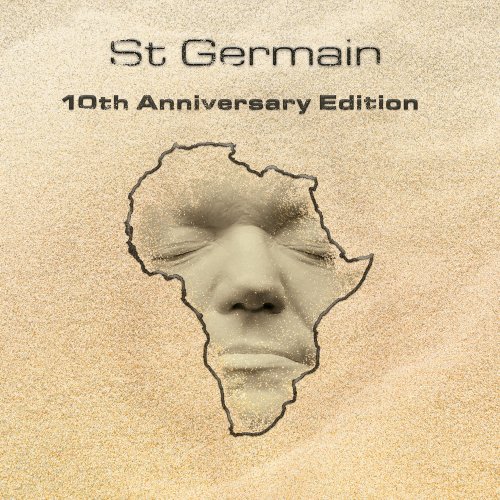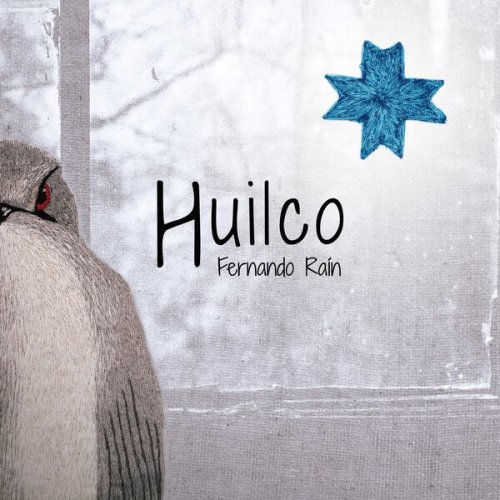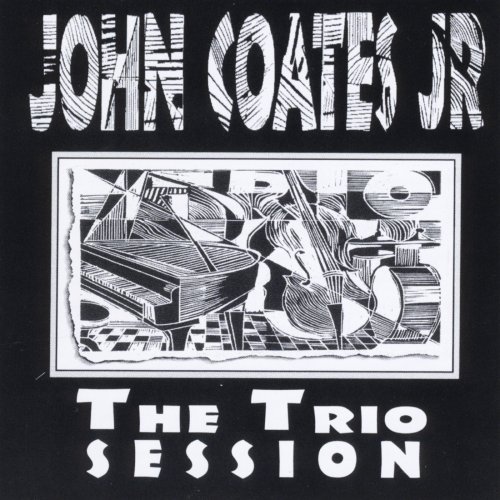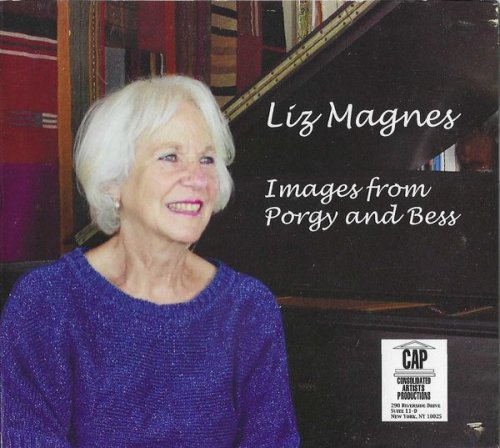Cassatt String Quartet, Ursula Oppens, Eliot Fisk, Nicole Johnson - Daniel Strong Godfrey: Toward Light - Three Quintets (2025)
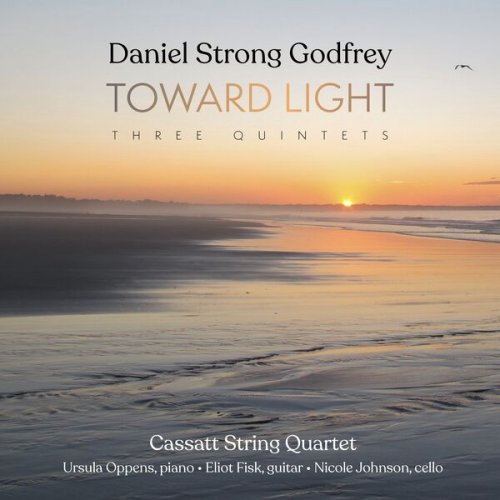
Artist: Cassatt String Quartet, Ursula Oppens, Eliot Fisk, Nicole Johnson
Title: Daniel Strong Godfrey: Toward Light - Three Quintets
Year Of Release: 2025
Label: New Focus Recordings
Genre: Classical
Quality: flac lossless (tracks) +Booklet
Total Time: 00:59:47
Total Size: 256 mb
WebSite: Album Preview
TracklistTitle: Daniel Strong Godfrey: Toward Light - Three Quintets
Year Of Release: 2025
Label: New Focus Recordings
Genre: Classical
Quality: flac lossless (tracks) +Booklet
Total Time: 00:59:47
Total Size: 256 mb
WebSite: Album Preview
01. Ricordanza-Speranza: I. Adagio poco rubato
02. Ricordanza-Speranza: II. Con fuoco
03. Ricordanza-Speranza: III. Interlude: Adagio poco rubato
04. Ricordanza-Speranza: IV. III. Adagio poco rubato, con anima
05. Toward Light: I. Dusk: Prayer
06. Toward Light: II. Midnight: Dance
07. Toward Light: III. Cadenza
08. Toward Light: IV. Dawn: Escape
09. To Mourn, to Dance: I. Prelude
10. To Mourn, to Dance: II. Danza
11. To Mourn, to Dance: III. Interlude
12. To Mourn, to Dance: IV. Fugue-Tarantella
Composer Daniel Strong Godfrey's Toward Light presents three quintets for string quartet and piano, guitar, and cello respectively, showcasing his expressive, finely crafted chamber music. Featuring performances by the Cassatt Quartet with guests pianist Ursula Oppens, guitarist Eliot Fisk, and cellist Nicole Johnson, the works on Toward Light are elegantly balanced compositions, cohesive conceptions that are deeply felt.
Daniel Strong Godfrey’s Toward Light features three of his quintets, all for string quartet plus one instrument, that were written over the course of seventeen years, from 2006 to 2023. Each quintet takes on its own character, in part shaped by the added instruments for the individual pieces, but also due to the internal logic Godfrey establishes within each work. Daniel Godfrey’s compositional approach to the format is steeped in the chamber music lineage, bringing a modernist sensibility to pitch and harmony within a frame that develops motives and journeys through structures in an organic way. The Cassatt Quartet performs all three works on the recording with verve and dexterity, joined by guests pianist Ursula Oppens, guitarist Eliot Fisk, and cellist Nicole Johnson for the three works respectively.
The album opens with Ricordanza-Speranza (2006), a four movement work for piano quintet that is played without pause. The opening movement, “Adagio poco rubato,” is lyrical and focused, beginning with a poignant solo violin passage before the other strings enter to further develop the initial motives. Godfrey saves the piano entrance for nearly two minutes into the movement, as it plays ethereal chords behind airy violin harmonics and the cello and viola weave together elegiac melodic material. “Con fuoco” is vigorous, opening with a forceful, composite unison melody in strings that enters into a hocketed dialogue with stabbing chords in the piano. A second, lighter theme endeavors to take the movement into brighter territory, but is constantly foiled by interrupting muscular, material. The short piano solo, “Interlude: Adagio poco rubato,” spins out elastic flourishes that are frequently punctuated by impetuous staccato buttons. Dramatic block chords push the texture to a climax before the movement closes with light detached piano chords that elide into the keyboard part in the subsequent movement. The title of the work translates as “recollection-hope,” and Godfrey embeds references back to the other movements throughout, as the spirit of the broad, joyful fourth movement also looks back to the High Romantic heyday of chamber music.
Toward Light (2023) for guitar and string quartet, featuring guitarist Eliot Fisk, finds Godfrey grappling with the deep uncertainty of our time, and reaching towards hopeful outcomes. The opening movement, “Dusk: Prayer,” begins with a dialogue between quartet and solo guitar. The strings provide lush, mournful chordal statements and the guitar answers with poetic soliloquies. As the movement intensifies and the soloist and quartet play together, the material in the guitar part becomes more impassioned and virtuosic, with elaborate embellishment. “Midnight: Dance” features a macabre minuet, replete with castanet inspired triplet figures, and eerie string tremolos, and elastic lines reminiscent of early 20th century Vienna. The guitar cadenza also evokes the flamenco tradition, with rasgueado strums, rich vibrato in embroidered bass figures, fleet tremolo, and brisk scalar passages. The final movement, “Dawn: Escape,” is vigorous and rhythmic, with Godfrey treating the quintet like a miniature orchestra, eliciting an exciting array of colors. The movement drives to a powerful climax of repeated chords, closing with a surprising and delightful passage of ricochet articulations passed through the quartet, ending with a glissando up to a lighthearted final chord.
To Mourn, To Dance was commissioned for the Cassatt String Quartet by Chamber Music America.The piece takes its title from Ecclesiastes, in a passage that advises that there is a time to mourn and a time to dance. With this piece, Godfrey posits that “often one is left with little choice but to attempt both at once.” Opening with a free, elegiac cello solo, the other strings enter by filling out the implied harmony of the solo line’s phrase. The violin takes over the main voice and into the high register over taut tremolos in the ensemble. Godfrey takes the opportunity afforded by the extra cello to create a rich low register presence with expansive duo cello lines, balancing out the two violins. The quintet is monothematic, with each movement presenting its own variation on the same theme, as Godfrey inverts, augments, and manipulates it in the score. The second movement, “Danza,” is a moderate dance that moves between meters and opens with the most discrete statement of this theme. An initial lilting groove in seven with phrases separated by brief pauses develops into a continuous texture where the primary line is passed up through the ensemble. As in the other works on the album, imitation with variation is a core component of Godfrey’s style, keeping the material tethered to the central motive as it spins out with invention. The “Interlude” is eerie and mysterious, opening with a responsive passage between viola solo and tremolos in the ensemble before it. The jaunty subject in the “Fugue-Tarantella” is determined and brassy, and added to its syncopated countersubject creates a considerable amount of density and rhythmic energy in the opening statements of the exposition, its angularity at times reminiscent of Beethoven’s Grosse Fugue, Op. 133. Godfrey creates contrast by featuring subsets of the instrumentation, introducing pizzicato as a timbral element, and placing episodic material within more flowing sections. A prominent inversion of the fugue subject is heard in the violin near the midway of the movement, with cello pizzicati stabbing away at the countersubject’s interrupting motivic cells. Godfrey closes the movement with a dramatic climax of intertwined imitative counterpoint, followed by an exuberant coda adorned with several surprise twists and turns.
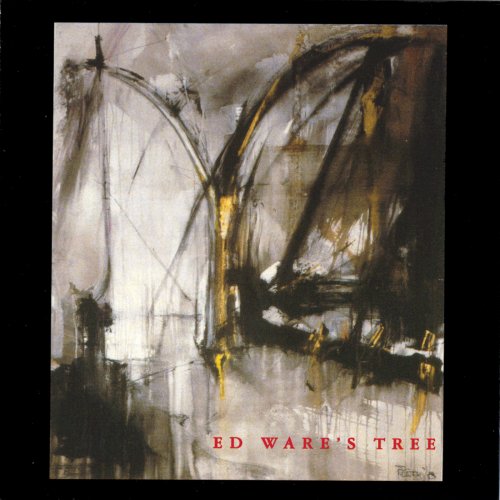
![John Abercrombie, Dave Holland & Jack DeJohnette - Gateway (1975/2025) [Hi-Res] John Abercrombie, Dave Holland & Jack DeJohnette - Gateway (1975/2025) [Hi-Res]](https://www.dibpic.com/uploads/posts/2025-12/1765471735_cover.jpg)
![Collin Walcott - Cloud Dance (1976/2025) [Hi-Res] Collin Walcott - Cloud Dance (1976/2025) [Hi-Res]](https://www.dibpic.com/uploads/posts/2025-12/1765538423_cover.jpg)
![Martin Diaz - El Goce (2025) [Hi-Res] Martin Diaz - El Goce (2025) [Hi-Res]](https://www.dibpic.com/uploads/posts/2025-12/1765508962_qnqc8iqcv0c0b_600.jpg)
![Tomasz Stańko - Unit (Polish Radio Sessions vol. 2/6) (2025) [Hi-Res] Tomasz Stańko - Unit (Polish Radio Sessions vol. 2/6) (2025) [Hi-Res]](https://www.dibpic.com/uploads/posts/2025-12/1765790300_cover.jpg)
